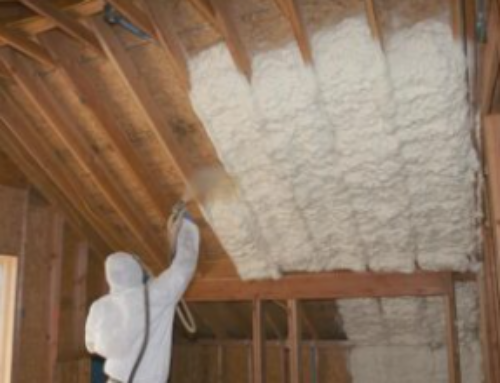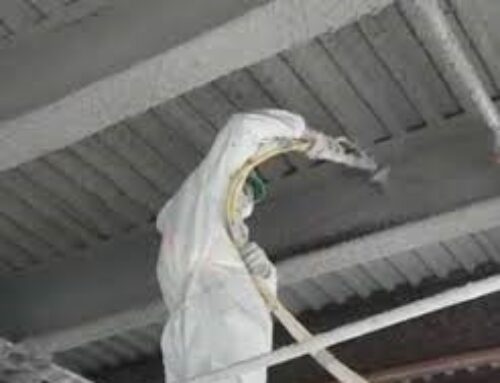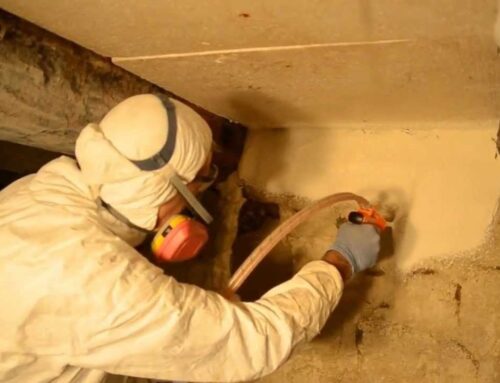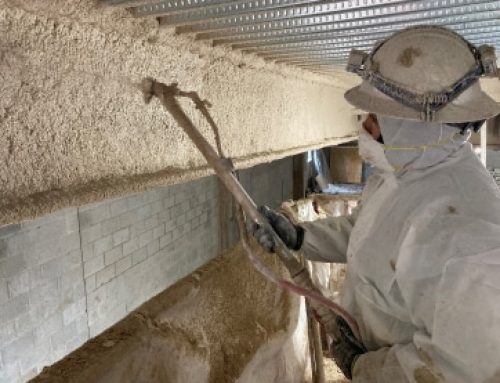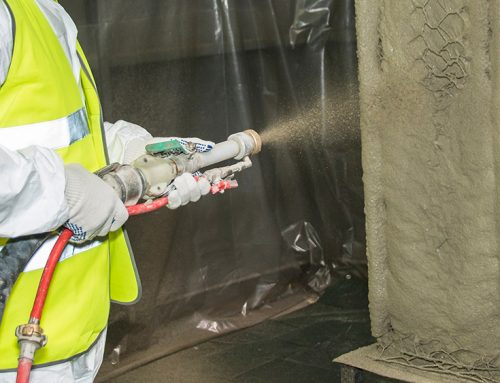Spray foam insulation is excellent for making your home more comfortable and energy-efficient, but the yellow-beige color begs to be changed. In many cases, drywall will suffice to conceal the problem. Other places, such as a pole barn or grow room, may have exposed walls, and you’re wondering if the spray foam insulation can be painted. Yes, you can indeed paint the insulated foam walls. Painting foam insulation in your home might help to improve the appearance of areas where the walls haven’t been covered, such as your garage, basement, or cellar.
If you have done spray fireproofing in Toronto, you can paint with water-based acrylics or latex paint; oil-based or solvent-based paints should be avoided since they contain compounds that might harm the spray foam. Here, look at the necessary steps that you need to follow for painting foam insulated walls.
Step1. Use Sand Paper
Sand the foam ends to achieve a smooth finish with sandpaper. It is recommended that you wear a face mask while sanding to avoid breathing minute particles. When conducting craftwork or decorating, sanding the foam insulation is just necessary. Sanding is not required when foam insulation is put on walls.
Step2. Coat Using Gesso Paint
Fill a paint pan halfway with gesso or latex paint. The paint roller should then be evenly coated with paint. Gesso serves as a primer. If you put too much paint on the paint roller, you’ll get drips. When working on large expanses, water-based white latex paint can be used instead of gesso.
Step3. Complete the Priming
Apply gesso paint to the smooth surface of the foam insulation with a paint roller. Instead of using the roller, foam brushes can be used to reach hard-to-reach places like corners. The gesso paint will prime the foam surface, preventing the paint from being absorbed and, eventually, melted by the insulation. Allow time for the primer to dry completely once it has been applied.
Step4. Apply Double Coats
Using thin layers of gesso, apply many applications of the coating. Only apply one coat at a time. Allow it to dry completely before using. The second coat can be applied once the first has dried. Repeat the process until you’ve reached the appropriate number of coats. It’s a good idea to sand the dried gesso marks to make them look smoother and cleaner.
Step5. Apply Water-based Paint
After applying the final gesso application to the foam insulation and drying it, paint it with a water-based latex paint of your choice. For his application, foam brushes or paint rollers can be employed. Determine how many coatings are required to cover the area thoroughly. You can contact any service of Caledon spray foam insulation to get a proper finish.
Discussion
Related Posts
If you enjoyed reading this, then please explore our other articles below:

